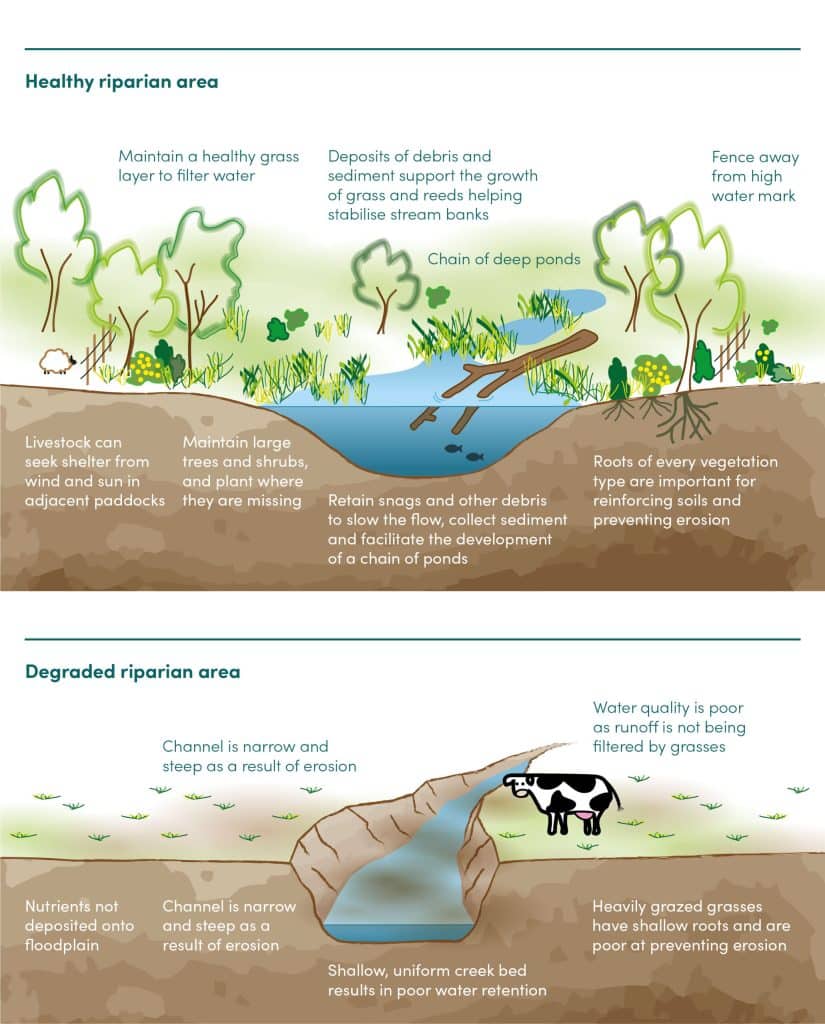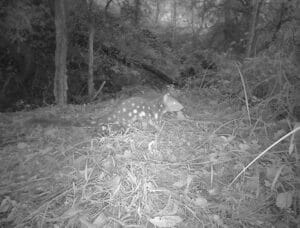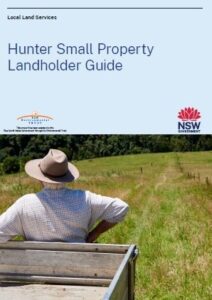
Following on from last month’s article about site assessments, this month I would like to reiterate the importance of prioritisation before starting your restoration projects. Prioritisation can take many forms – it may be about monetary investment for fencing to exclude damaging grazing in creeklines or bushland remnants. Fencing to exclude stock is key to restoration works, but it is also very expensive. Local Land Services sometimes have funding to assist landholders with these costs, and it is worth keeping an eye on their grant funding portal, as the funding availability changes. Staff from LLS can also provide guidance on fence design and installation.
Why do we need to keep stock out of our creeks and remnant bushland? Hard hooved animals, including horses, do enormous damage to our fragile, ancient soils, and can cause erosion, soil compaction and increase nutrient loads both in the waterways and the soil profile (the latter will further favour weed proliferation). The cumulative effect on natural regeneration is a reduction in native plant diversity and recruitment, and thus overall ecosystem degradation. In the worst cases, stock will cause erosion on creek banks and nutrification of waterways.
From a purely agricultural point of view, it is also of benefit to your stock to exclude them from creeks and dams and provide alternative watering stations that have clean, easily accessed water. The health and weight of your stock will improve if they are not clamboring up and down steep banks to access drinking water. And by improving the biodiversity values of your bushland and riparian remnants, you will attract more wildlife and birds to your farm, which is a win-win outcome.
Once you have installed your fences, the real work begins. Without stock to keep vegetation growth in check, you may see a proliferation of weeds in your bushland or more commonly, riparian zone. A measured approach to weed control on creeklines is required, especially if the riparian corridor is narrow and the creekbank is not stable. I advise seeking help when planning your riparian restoration works, as it is often counter-productive to overclear in these areas, and may lead to further destabilisation of creek banks and increased water pollution. As mentioned last month, working in areas with good resilience is the best approach. Look for overstorey (native) canopy, and work in these areas first. If you have a thin linear creekline fenced, work from the interior creek edges first, and allow native vegetation to establish and stabilise the banks before working out to the edges of the remnant. Lomandra is a great bank stabiliser, and occurs naturally in these ecosystems.
Consider leaving a ‘weedy edge’ along the remnant, until you have the interior core areas weeded and regenerating naturally. Sometimes edge weeds, particularly a hedge of Lantana, can be beneficial to recovery of the remnant. And of all the weed problems, Lantana is perhaps the best one to work with in this regard. Lantana hedges along the edges of regenerating bushland can protect fragile ecosystems from hot dry winds, intense light, and invasion by other weeds, such as exotic grasses, that may blow in from adjacent paddocks. Although often overlooked, exotic grass weeds in bushland remnants can be a persistent weed problem that can outcompete native groundcover species and stifle recruitment of native seedlings.
If you would like assistance in determining the priorities for your restoration works, and have an existing Conservation Agreement on your property, or you would like to discuss your options for a new conservation agreement on your property, get in touch with me by email at mc2t.plconservation@gmail.com to arrange a property visit and site assessment.
Isabelle Strachan PLC Officer –This article is part of the Partnering in Private Land Conservation. A joint initiative delivered by Landcare NSW and the NSW Biodiversity Conservation Trust.
Images: ANU Sustainable Farms




